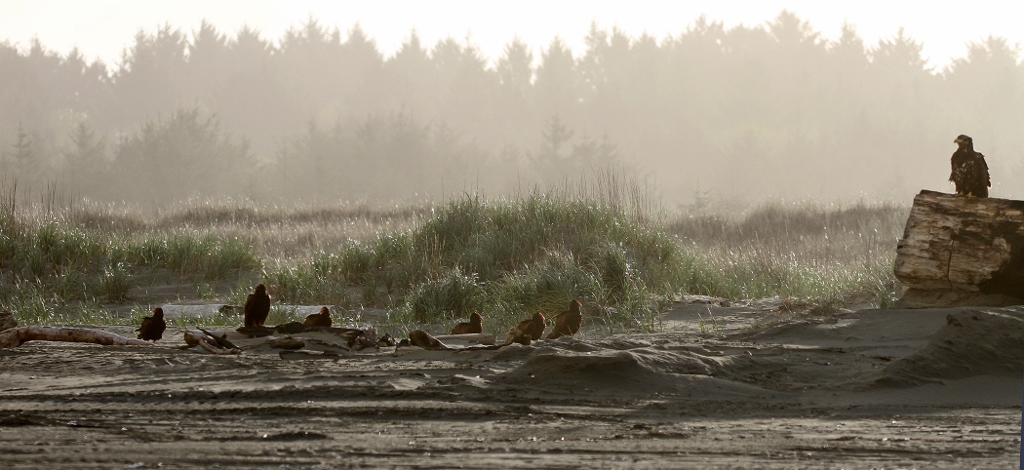
On April 21, 2024 Tom Rowley, Pam McCauley, Dianna Moore and I conducted a raptor survey at Ocean Shores (see Surveying and Banding for more on Coastal Raptors’ survey efforts). We tallied 16 raptors in all, 10 Bald Eagles and 6 Turkey Vultures. All of the vultures and one of the eagles were perched close together on the beach (photo above).
This behavior is almost always a signal that a carcass is nearby. However in this case we were unable to see one from inside the vehicle. We decided to walk the beach for a closer look. Vulture tracks were everywhere, the odor from rotting flesh was strong, but still no carcass.
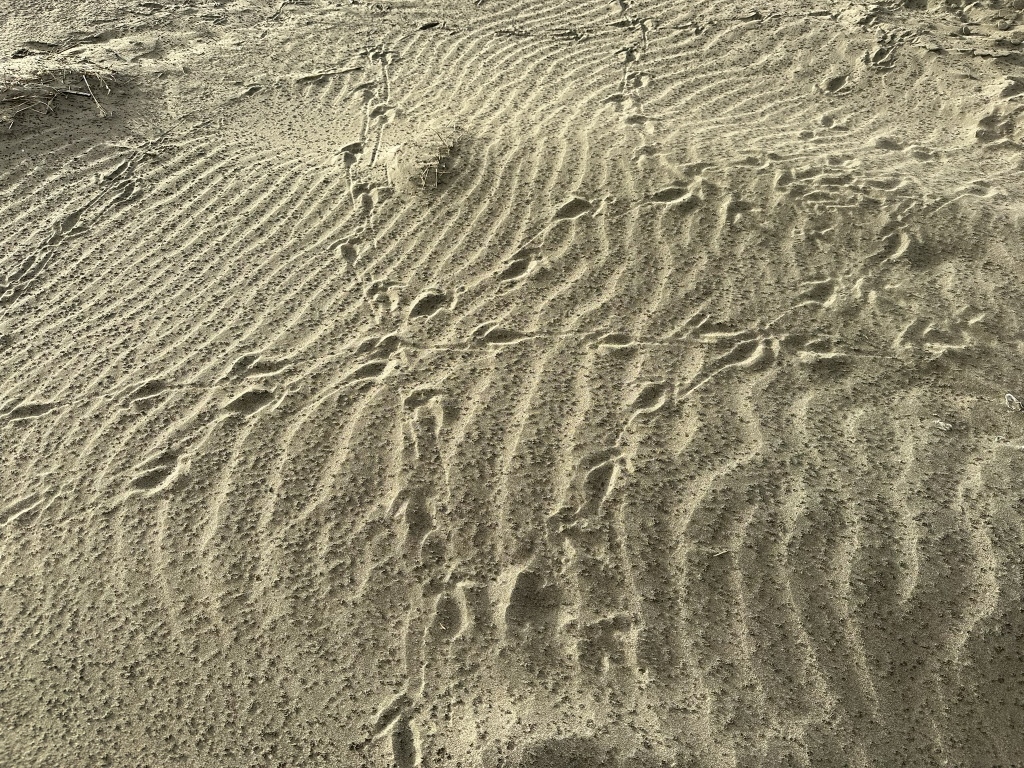
Where’d that carcass go? It suddenly dawned on me that I had seen a dead Gray Whale carcass in this area the week before while on survey with Dave Murnen and Tom Rowley. That day we saw three Bald Eagles near the whale.
After our search Steve Hill pulled up in his vehicle to chat. An avid photographer, Steve lives in Ocean Shores and patrols the beach for photo opportunities on most days. Steve confirmed that the whale carcass had been there but was buried several days earlier by Washington State Parks due to the extreme odor.
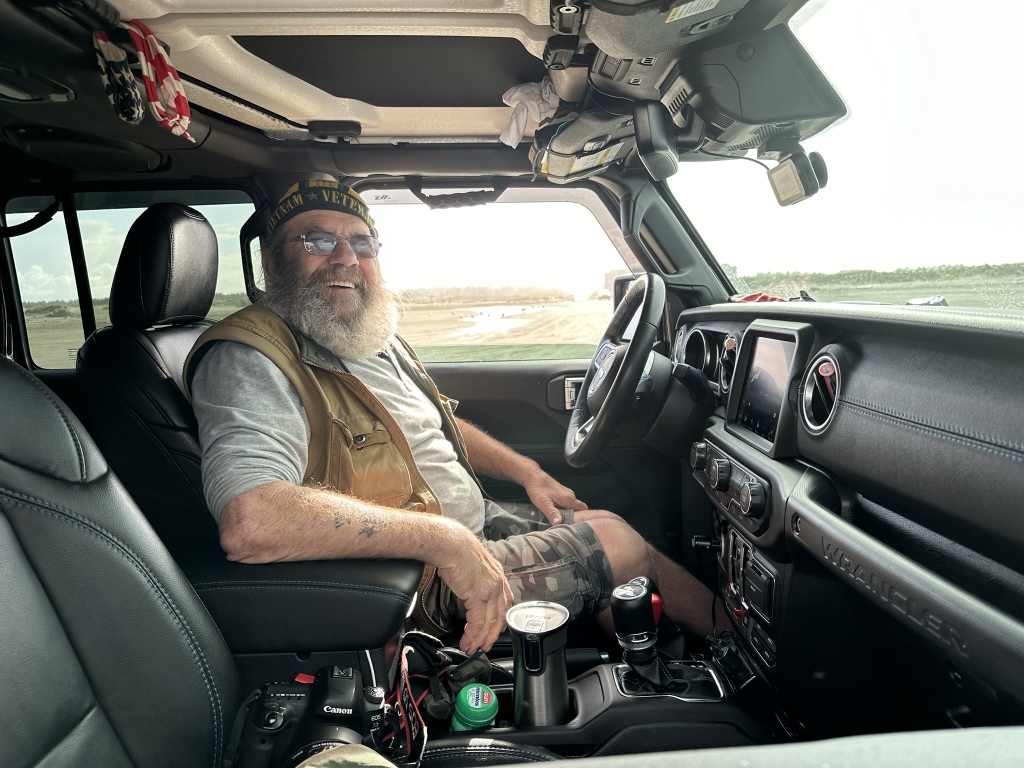
A closer look revealed lines in the sand where the whale had been dragged up near the dunes for burying.
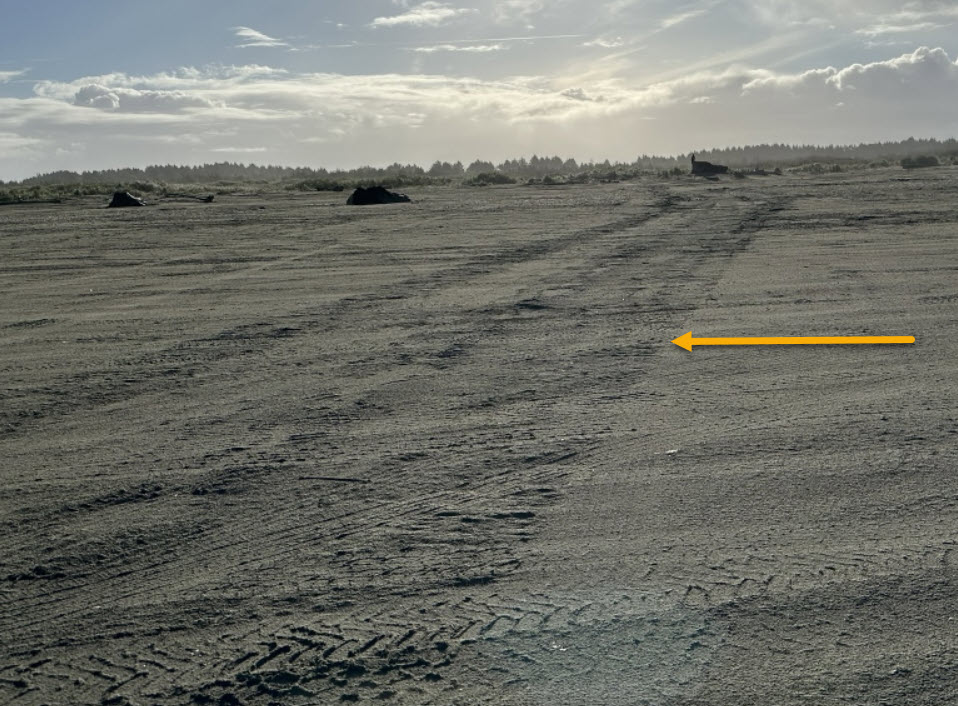
Turkey Vultures have a very keen sense of smell. They use it to great advantage in locating food. So strong is this sense that they are able to find carcasses by smell alone under a tree canopy (photo below).
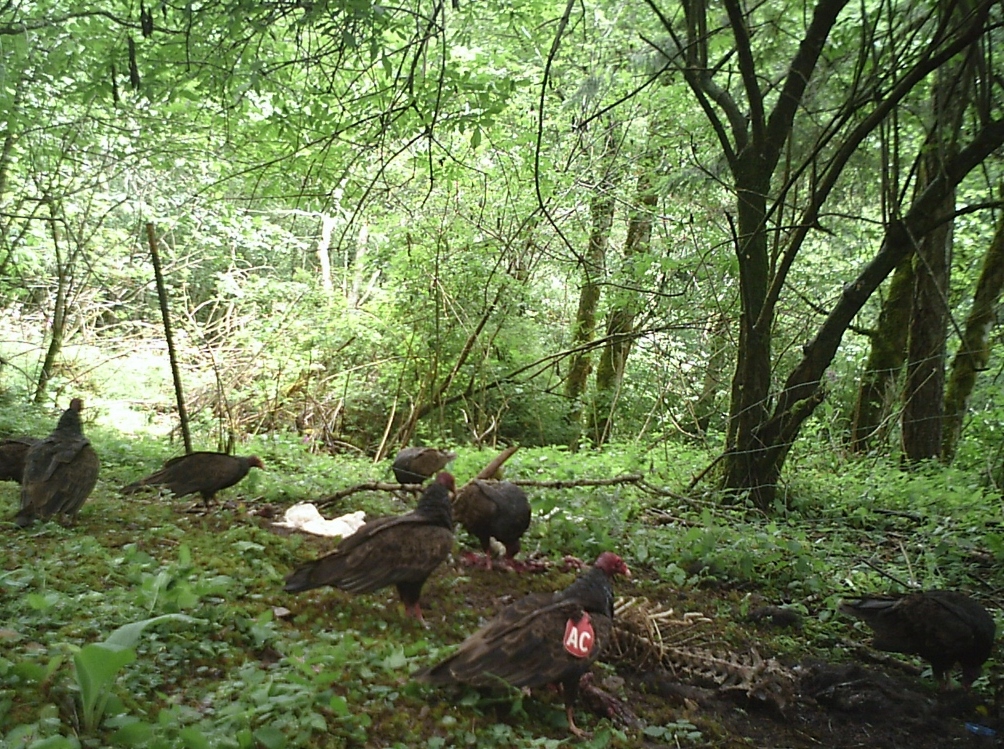
Of the 23 species of vulures worldwide, only two other species possess this exceptional olfactory capabililty: the South American Greater-yellow Headed Vulture and Lesser-yellow Headed Vulture.
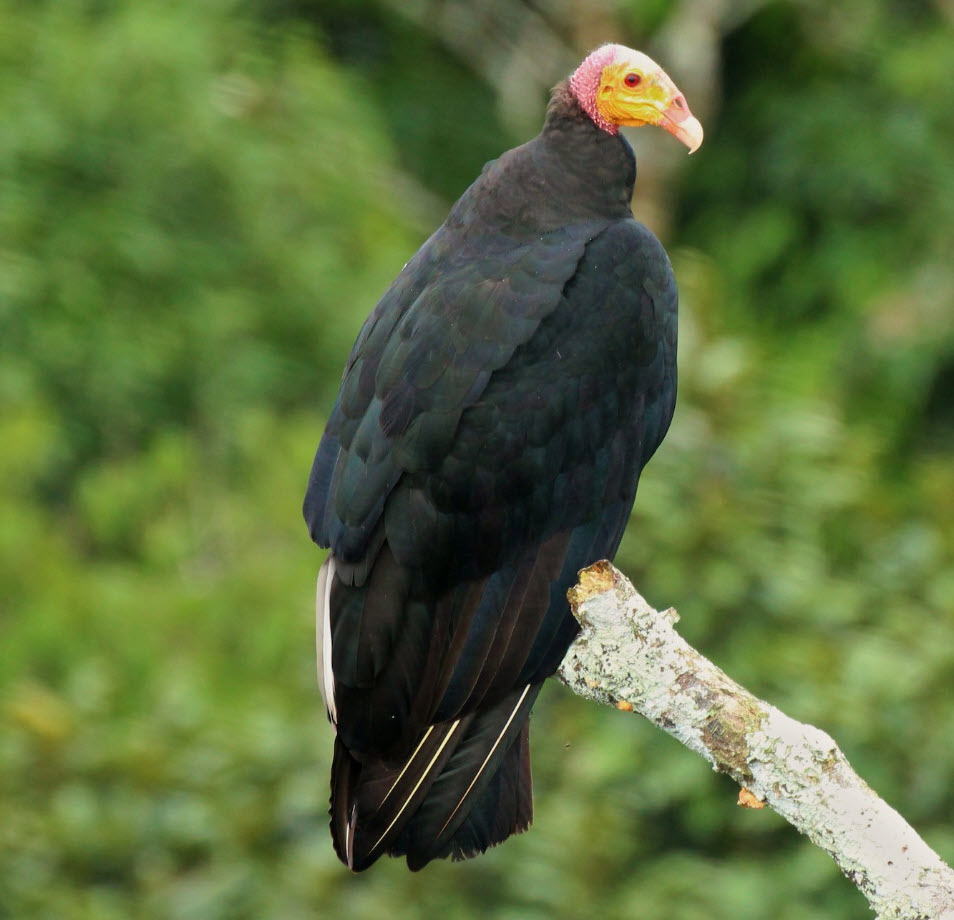
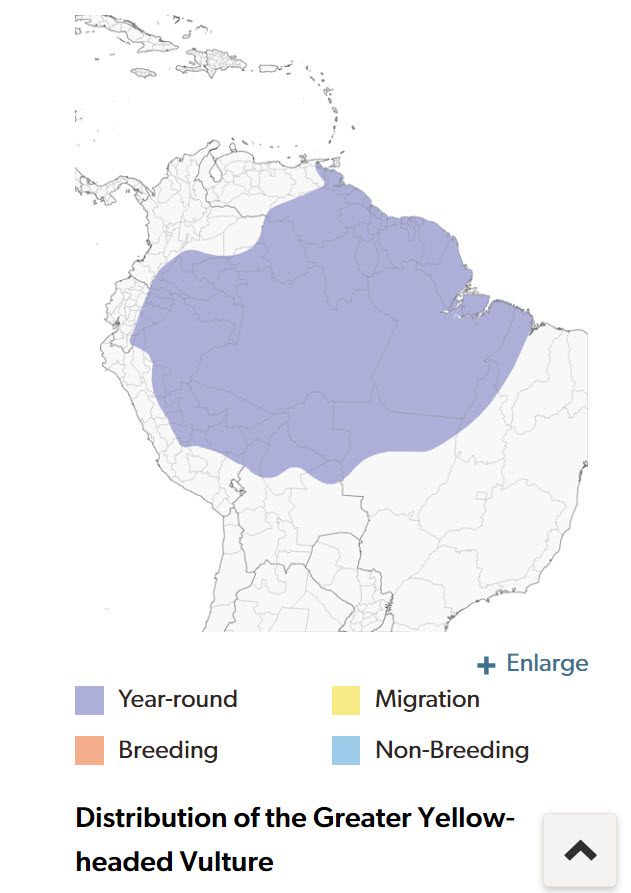
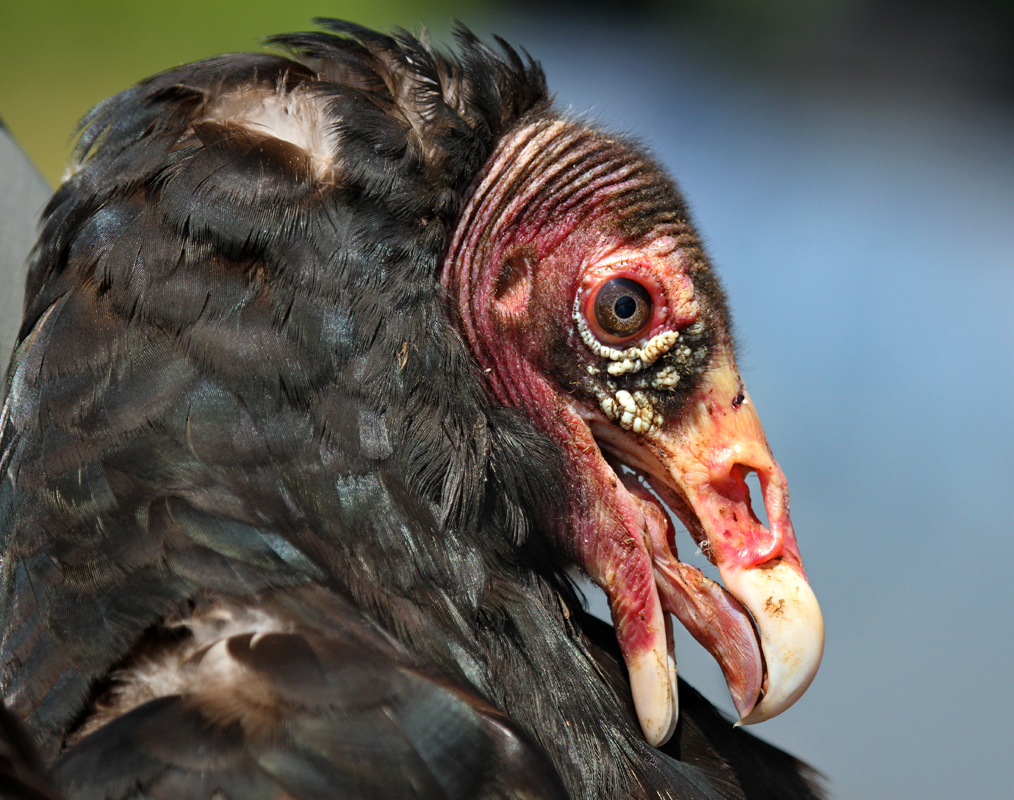
We concluded that the Turkey Vultures that we saw were asking themselves the same question as we had: Where’d that carcass go?
If you’re interested in learning more about vultures, the best source out there today is Keith Bildstein’s Vultures of the World.
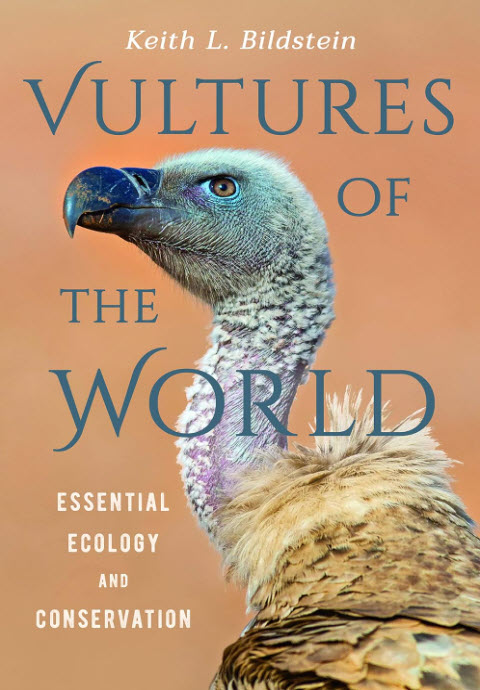
Note: If you would like to see more of my Blog posts on Turkey Vultures, click on Tracking Turkey Vultures below.
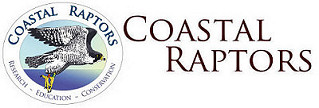
One response to “Where’d That Carcass Go?”
[…] whales often remain on the beach for months (but sometimes are buried to cover the smell(see Where’d That Carcass Go?). Two of the whales we recorded on survey May 30 had been detected on earlier surveys, on whale on […]